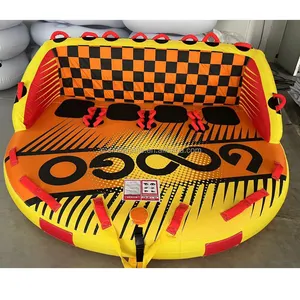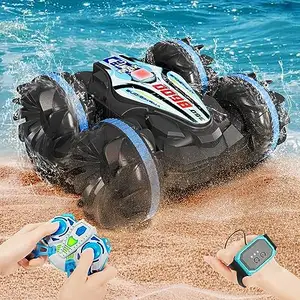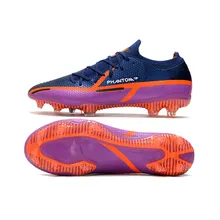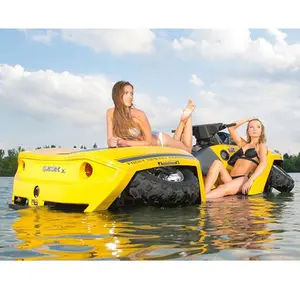Amphibious vehicles, engineered for dual functionality on land and water, represent a remarkable intersection of automotive and marine technology. These specialized vehicles are designed to seamlessly transition between various terrains, offering a unique blend of versatility and utility. Amphibious vehicles are typically equipped with water-resistant seals, buoyancy compartments, and propulsion systems capable of navigating aquatic environments, ensuring a smooth transition from roads to water bodies. In terms of design, these vehicles feature a robust chassis, often resembling traditional off-road or military vehicles. Amphibious capabilities are facilitated by retractable wheels, allowing the vehicle to float or propel itself through water. While initially developed for military applications, modern amphibious vehicles cater to recreational, rescue, and commercial purposes.
Diverse Types of Amphibious Vehicles
RC amphibious vehicles bring the thrill of dual-terrain exploration to enthusiasts. Designed for hobbyists and recreational users, these models offer a scaled-down yet engaging experience of navigating land and water with precise control. Derived from World War II DUKW military vehicles, duck amphibious vehicles have retained their iconic appearance. These multipurpose vehicles are utilized for tourism, providing a unique perspective of cities with rivers or waterfronts. Primarily developed for military operations, these vehicles are equipped with advanced technologies for amphibious assaults. Military amphibious vehicles play a crucial role in troop deployment, bridging land and water transport seamlessly. Within this category is the 6-wheel amphibious features, which features six wheels for enhanced stability and amphibious capabilities.
When exploring the market for Amphibious Vehicles, several critical factors warrant attention to ensure a satisfying purchase that aligns with specific needs and preferences. First and foremost, the vehicle's propulsion system deserves scrutiny, as it determines its efficiency on land and water. Consider models with powerful engines designed to transition between terrains, enabling optimal performance seamlessly. Examining the vehicle's buoyancy and stability features is crucial, especially for water-based activities. Amphibious vehicles with reliable buoyancy systems and stabilizing mechanisms offer a safer and more enjoyable experience when traversing lakes, rivers, or coastal areas. Additionally, potential buyers should assess the vehicle's durability and construction materials. Robust materials and a well-built frame enhance the vehicle's resilience against wear and tear, ensuring longevity and minimizing maintenance costs.
Consider the adaptability of the vehicle to different environments and terrains. A versatile amphibious vehicle should effortlessly navigate rugged landscapes and various water conditions, providing users with a comprehensive outdoor exploration experience. Before finalizing a purchase, it is advisable to review customer reviews and testimonials, gaining insights into the experiences of others who have owned or operated the same or similar models. This collective wisdom can offer valuable perspectives on the vehicle's performance, reliability, and overall satisfaction.











































 浙公网安备 33010002000092号
浙公网安备 33010002000092号 浙B2-20120091-4
浙B2-20120091-4